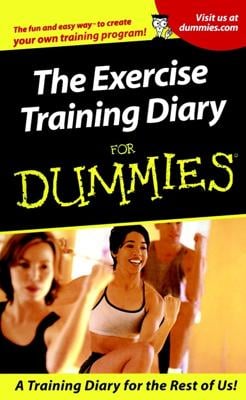Studio cycling and Spinning are group classes taught on stationary bicycles. The most popular studio cycling class is called Spinning, a program invented by ultra-distance cyclist Johnny G. and licensed by Schwinn, which manufactures the bikes used in these classes. Other studio cycling classes go by the name of Power Pacing and Reebok Studio Cycling.
Group cycling classes follow the same basic pattern: You pedal a stationary bike while the instructor talks you through a visualization of an outdoor workout. (“You’re going up a long hill now — you can’t see the top yet ...”). During the class you vary your pace and intensity, sometimes pedaling as fast as you can, other times cranking up the tension and pedaling slowly from a standing position.
If you are interested in taking a studio cycling class, consider the following:
What studio cycling does for you: Burns lots of calories and strengthens your thigh and calf muscles.
The exhaustion factor: High. Most studio cycling classes last 40 to 50 minutes and are geared toward advanced exercisers. You always have the option of lightening the tension on the bike so that the pedals are easier to push, and you can stay seated while the rest of the class stands. But you may want to hold off on Spinning until you build more stamina on your own. Or take a beginning Spinning class if your studio or club offers one.
The coordination factor: Low. The most complex thing you’ll do is stand up on your pedals.
Who digs studio cycling: Studio cycling is popular among people who want to be pushed very hard, especially those who thrive on group energy but hate choreography. Cyclists who are cooped up indoors during the winter also gravitate toward these classes.
What to wear: Because most studio-cycling bikes have the same hard, narrow seats as outdoor racing bikes, a pair of padded bike shorts will help keep your fanny happy. Most bikes have water-bottle cages so you can stash your water within easy reach. Wear stiff-soled shoes; walking and running shoes are too soft, so your feet may get numb by the end of the class from being jammed into the toe clips. Some bikes have “clipless” pedals so that you can wear outdoor cycling shoes with cleats that click into the pedals.
Signs of a sharp instructor: Good studio-cycling instructors don’t spend the whole class on the bike. They hop off and walk around, correcting form and offering encouragement.
Tips for first-timers: Ask your instructor to help you adjust the height of the handlebars, the height of the seat, and the distance of the seat from the handlebars. Setting up your bike correctly is important for avoiding injury and staying comfortable.

